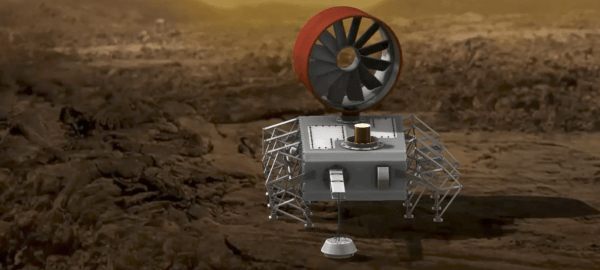Deep-voiced and aptly named [Scott Manley] posted a video about the computer hack that saved Apollo 14. Unlike some articles about the incident, [Scott] gets into the technical details in an entertaining way. If you don’t remember, Apollo 14 had an issue where the abort command button would occasionally signal when it shouldn’t.
The common story is that a NASA engineer found a way to reprogram the Apollo guidance computer. However, [Scott] points out that the rope memory in the computer wasn’t reprogrammable and there was no remote way to send commands to the computer anyway.
Continue reading “The Longest Tech Support Call: Apollo 14 Computer Hack”

















